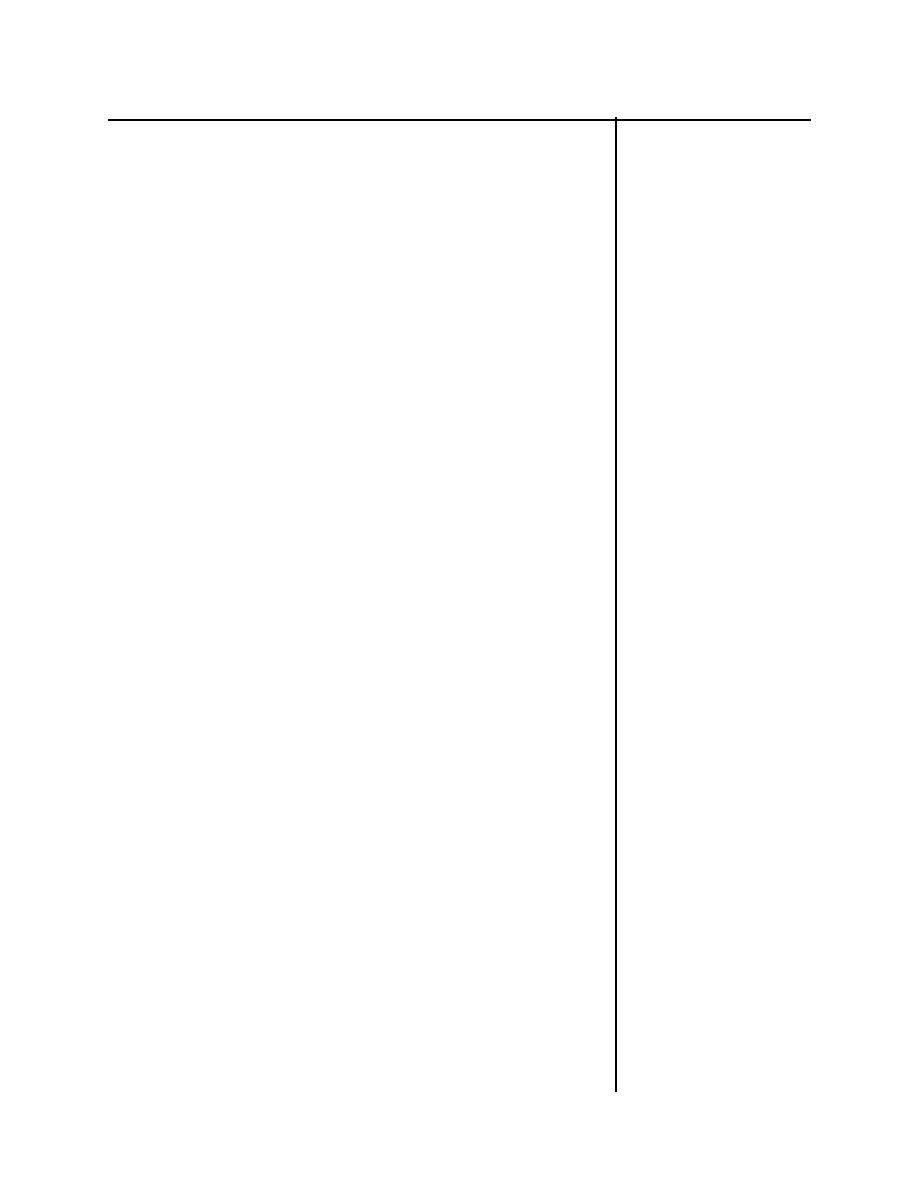 |
|||
|
|
|||
|
|
|||
| ||||||||||
|
|  DOE-HDBK-1130-98
Module 1: Radiological Fundamentals
Instructor's Notes
II.
MODULE OUTLINE
A. Atomic Structure
EO1 Identify the three basic
particles of an atom.
1.
The basic unit of matter is the atom. The three basic
particles of the atom are protons, neutrons, and electrons.
The central portion of the atom is the nucleus. The nucleus
consists of protons and neutrons. Electrons orbit the
nucleus--similar to the way planets orbit our sun.
a.
Protons
(Optional)
1)
Protons are located in the nucleus of the atom.
Insert diagram of the atom.
Have students label the
2)
Protons have a positive electrical charge.
three basic particles.
3)
The number of protons in the nucleus determines
the element.
b.
Neutrons
1)
Neutrons are located in the nucleus of the atom.
2)
Neutrons have no electrical charge.
3)
Atoms of the same element have the same
number of protons, but can have a different
number of neutrons.
4)
Atoms which have the same number of protons
but different numbers of neutrons are called
isotopes.
NOTE: Common notation for describing isotopes
is to list the atomic symbol for an element followed
by its atomic weight. The atomic weight is the
sum of protons and neutrons. For example, tritium
has 1 proton and 2 neutrons, and is denoted as H-
3.
5)
Isotopes have the same chemical properties;
however, the nuclear properties can be quite
different.
4
|
|
Privacy Statement - Press Release - Copyright Information. - Contact Us |